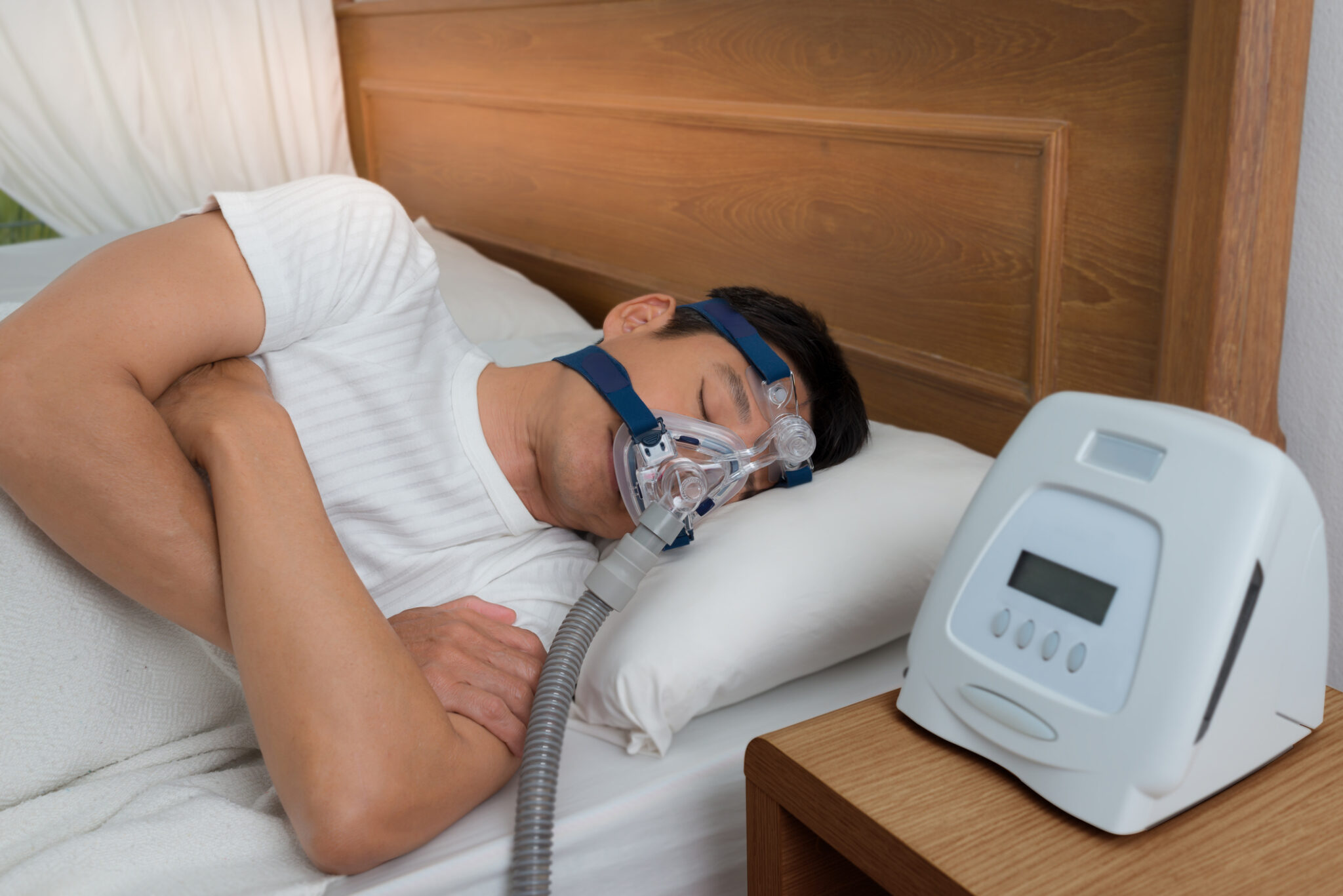
Sleep apnea is a common sleep disorder that affects millions of people worldwide. It is characterized by pauses in breathing or shallow breaths during sleep, leading to poor quality sleep and potentially serious health issues. Fortunately, sleep apnea machines, also known as CPAP (Continuous Positive Airway Pressure) machines, have become a valuable solution in managing the condition and improving overall sleep quality. These devices work by providing a constant flow of air pressure to keep the airways open, preventing interruptions in breathing and allowing individuals to breathe more freely throughout the night. 睡眠呼吸機
Types of Sleep Apnea Machines
When it comes to sleep apnea machines, there are mainly two types that are commonly used: CPAP machines and BiPAP machines. CPAP, which stands for Continuous Positive Airway Pressure, is the most widely prescribed type of machine. It delivers a constant and steady stream of airflow to ensure the airway remains open during sleep.
On the other hand, BiPAP machines, or Bilevel Positive Airway Pressure machines, offer two different pressure settings – one for inhalation and one for exhalation. This can be more comfortable for some users who may find it difficult to exhale against a high continuous pressure.
In addition to CPAP and BiPAP machines, there are also APAP machines available. APAP, or Automatic Positive Airway Pressure machines, adjust the air pressure automatically based on the individual’s breathing patterns throughout the night. This type of machine offers more personalized therapy for those with varying needs.
Choosing the Right Machine
When selecting a sleep apnea machine, it’s crucial to consider your specific needs and preferences. Start by consulting with your healthcare provider or sleep specialist to determine the type of machine that would be most beneficial for your condition. Factors such as the severity of your sleep apnea, your breathing patterns during sleep, and any underlying health conditions should all be taken into account.
There are different types of sleep apnea machines available, including Continuous Positive Airway Pressure (CPAP), Bi-level Positive Airway Pressure (BiPAP), and Automatic Positive Airway Pressure (APAP) machines. Each type has its own unique features and benefits, so it’s important to understand how they work and which one would be most suitable for your individual needs.
Once you have identified the type of machine that suits you best, consider additional features such as ramp-up technology, humidification options, noise levels, and portability. Some machines also offer data tracking capabilities, allowing you and your healthcare provider to monitor your progress and adjust therapy settings as needed. By carefully evaluating these factors, you can choose a sleep apnea machine that will effectively help you breathe easy and get a restful night’s sleep.
Tips for Using Your Machine
Remember to consistently clean and maintain your sleep apnea machine to ensure optimal performance. Regularly washing the mask, tubing, and humidifier chamber can prevent the buildup of bacteria and mold, promoting a healthier sleep environment. Additionally, replacing filters and checking for any air leaks will help keep your machine running smoothly.
Establish a bedtime routine that includes using your sleep apnea machine. By incorporating it into your nightly ritual, you are more likely to adhere to the treatment plan. It may be helpful to place your machine on a bedside table within easy reach and ensure that the mask fits comfortably to avoid any disturbances during sleep.
Stay committed to using your sleep apnea machine every night, even when traveling. Invest in a travel-friendly carrying case and ensure you have the necessary power adapters for different outlets. Maintaining consistency in your therapy regimen will help improve your overall sleep quality and may alleviate symptoms associated with sleep apnea.
